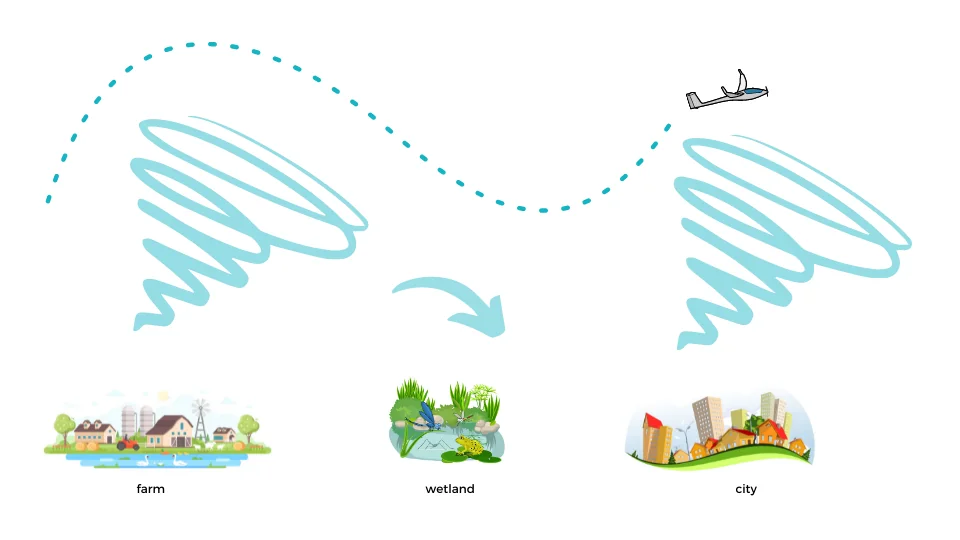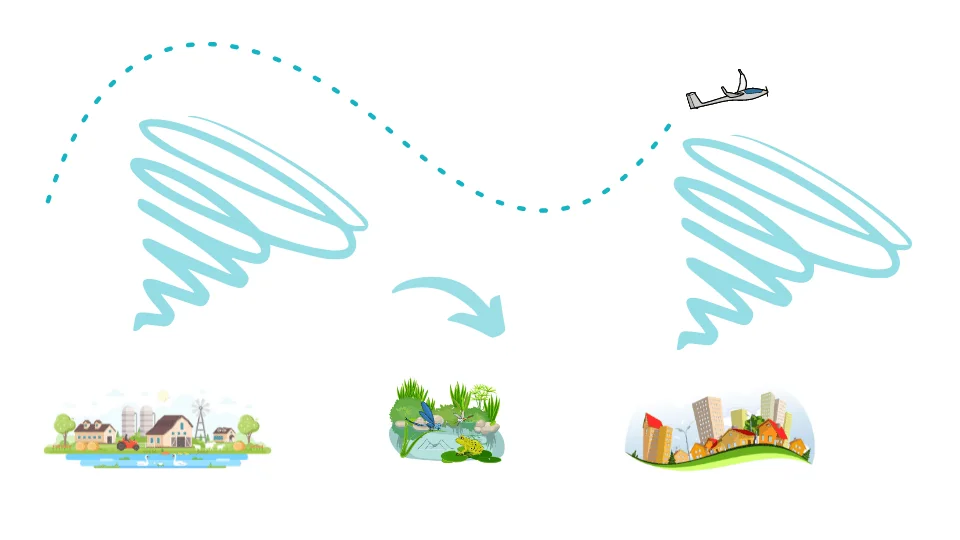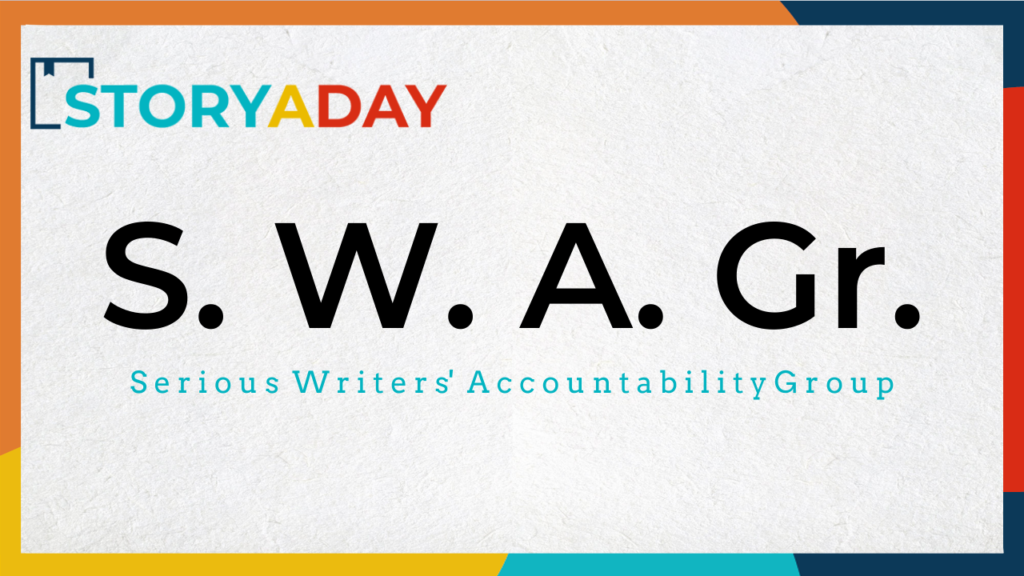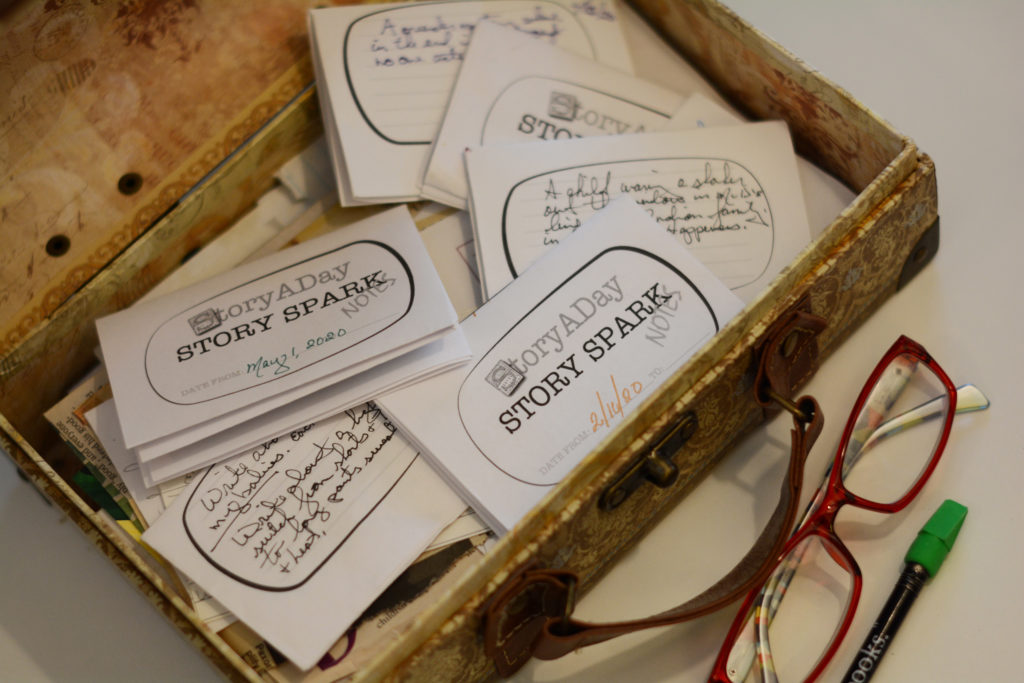My dad joined the Air Training Corps as a teenager because they promised to let him fly a glider.
(Patriotism? Sure! But also: flying!)
As a kid I thought this sounded very cool. As a grown up (and a mother) my first thought is:
“You want to do what in a plane that has no engine?!”
But there’s a secret to staying in the air in a ‘sailplane’.
The secret is to know that some areas of the ground radiate extra energy in the form of heat. This forces the air upwards.
A skilled pilot in a good glider can find and ‘borrow’ that energy, riding those thermals, to soar for a little longer.
Why should you care about this?
I promise It’s not just me spouting hot air (rim shot!)
As creative people, like glider pilots, we’re always fighting gravity–usually in the form of everyday obligations that demand our time and sap our energy. This is when we can learn something from glider pilots:
Borrow energy to give you a lift.
How do glider pilots find these invisible sources of lift?
It turns out there are clues you can stay alert for.

- Towns and farms radiate energy in the form of heat that lifts the glider and allows it to soar long after the initial lift.
- Wetlands and swamps absorb energy, cooling the air and drawing it (and the glider) down.
Wetlands are necessary for continuing life on this planet; but glider pilots need to plan around them, if they want to stay aloft.
In this metaphor the wetlands are all the parts of our lives that may be essential and beautiful, but don’t support our creativity. (You KNOW the ones I’m talking about.) They’re important. But if you spend all your energy there, you’ll come crashing down.
And it takes a lot more energy to get off the ground than it does to stay in the air.
The Good News
All you need is one good, strong lift to keep your writing life aloft for a while.
And the more often you chain together those uplifting moments, the longer you get to soar.
You might borrow energy from
- listening to music you love
- going to a museum and pondering the work that went into creating those masterpieces;
- going to the theater or a movie;
- going for a walk in nature;
- having a good chat with a friend (bonus points if the friend is pursuing a creative life too);
- or something else that lifts you up.
What Next?
Live your life.
Do the things you need to do.
But stay alert for opportunities to ride an upward thermal every now and then.
Keep writing,
Julie
What are YOUR creative thermals? What lifts you up and gives you energy? Share in the comments!







